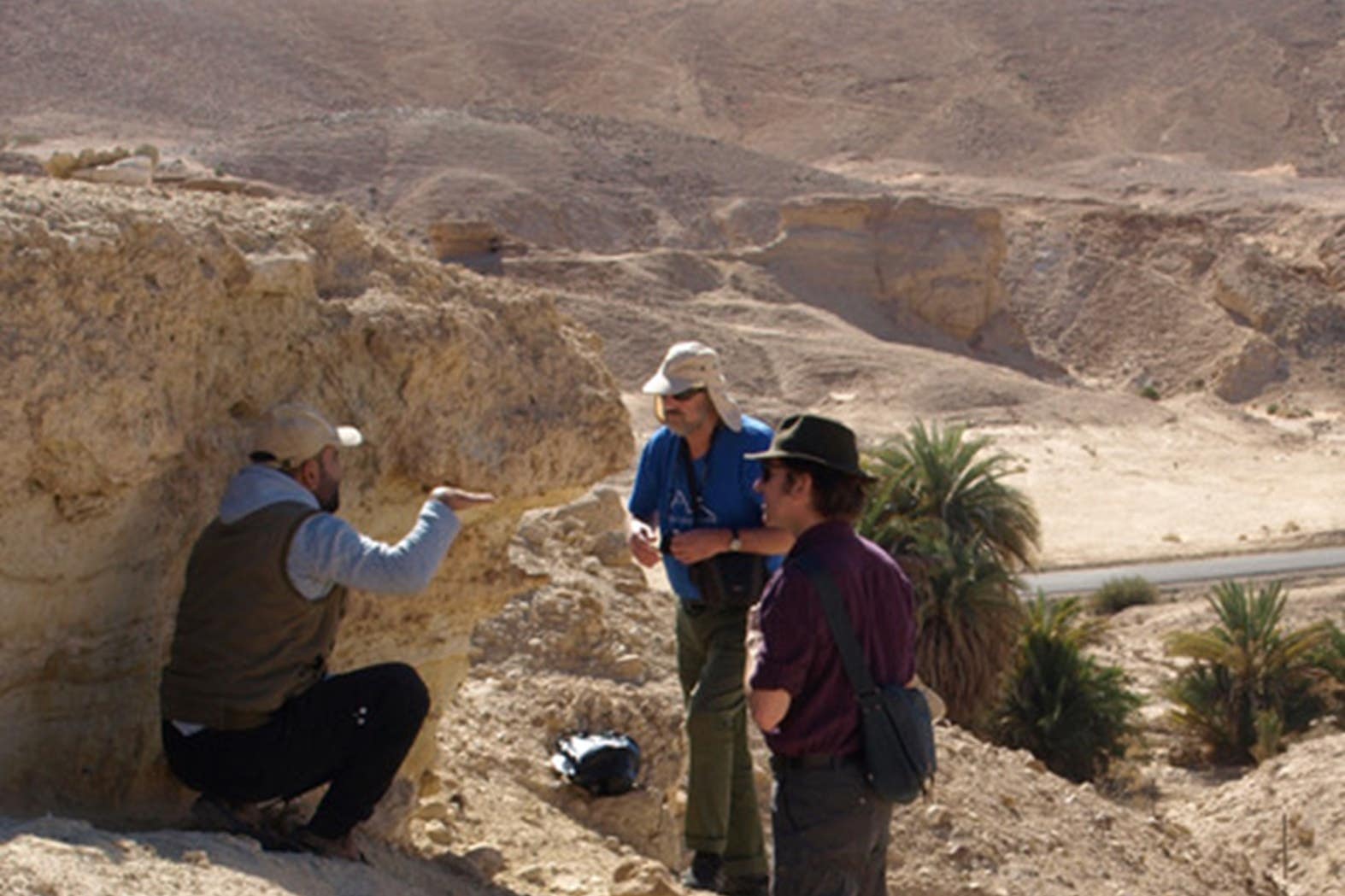Scientists confirm early man followed river route out of Africa 84,000 years ago
Ancient hand tools found in Jordan’s rift valley suggest a migration route following now dried-up rivers.

Early man left Africa for Eurasia 80,000 years ago along a “corridor” of rivers across the Sinai peninsula through Jordan, according to new research.
Scientists from the University of Southampton working with colleagues from around the world say they have confirmed previous theories that the overland route was used by some of the first migrants from Asia.
The Homo sapiens followed the “well-watered corridor” of river channels which have since dried out in the regions that are now desert lands, according to the study published in the journal Science Advances.
The research included fieldwork in Jordan’s rift valley which uncovered hand tools, known as flakes, on the edge of wadis – now-dry river channels which at the time were full of water.
The scientists used luminescence dating techniques to help establish the age of the sediment the tools were buried in by estimating how long it has been since the sediment was last exposed to light.
The results showed the tools were likely to have been used approximately 84,000 years ago and then abandoned on the banks of the wadis and subsequently buried over time.
Modern humans evolved in Africa between 300,000 and 200,000 years ago and dispersed out of the continent in several stages to then populate Asia and then Europe.
Paul Carling, Professor of Geomorphology at the University of Southampton, comments: “It’s long been thought that when the sea level was low, humans used a southern crossing, via the Red Sea from the horn of Africa, to get to south-western Arabia.
“However, our study confirms there was a well-trodden passage to the north, across the only land-route from Africa to Eurasia.
“Our newly published evidence is a key piece of the puzzle that shows humans migrated using a northern route – using small wetland areas as bases whilst hunting abundant wildlife in the drier grasslands.
“Although previous studies have looked for large lakes as potential watering holes, in fact small wetlands were very important as staging posts during the migration.”
Dr Mahmoud Abbas, the study’s lead author from Shantou University, China, said: “The Levant acted as a well-watered corridor for modern humans to disperse out of Africa during the last interglacial, and we have now demonstrated this is the case in the Jordan Rift Valley zone.
“The paleohydrological evidence from the Jordan desert enhances our understanding of the environmental setting at that time.
“Rather than dry desert, savannah grasslands would have provided the much-needed resources for humans to survive during their journey out of Africa and into south-west Asia and beyond.”
Bookmark popover
Removed from bookmarks